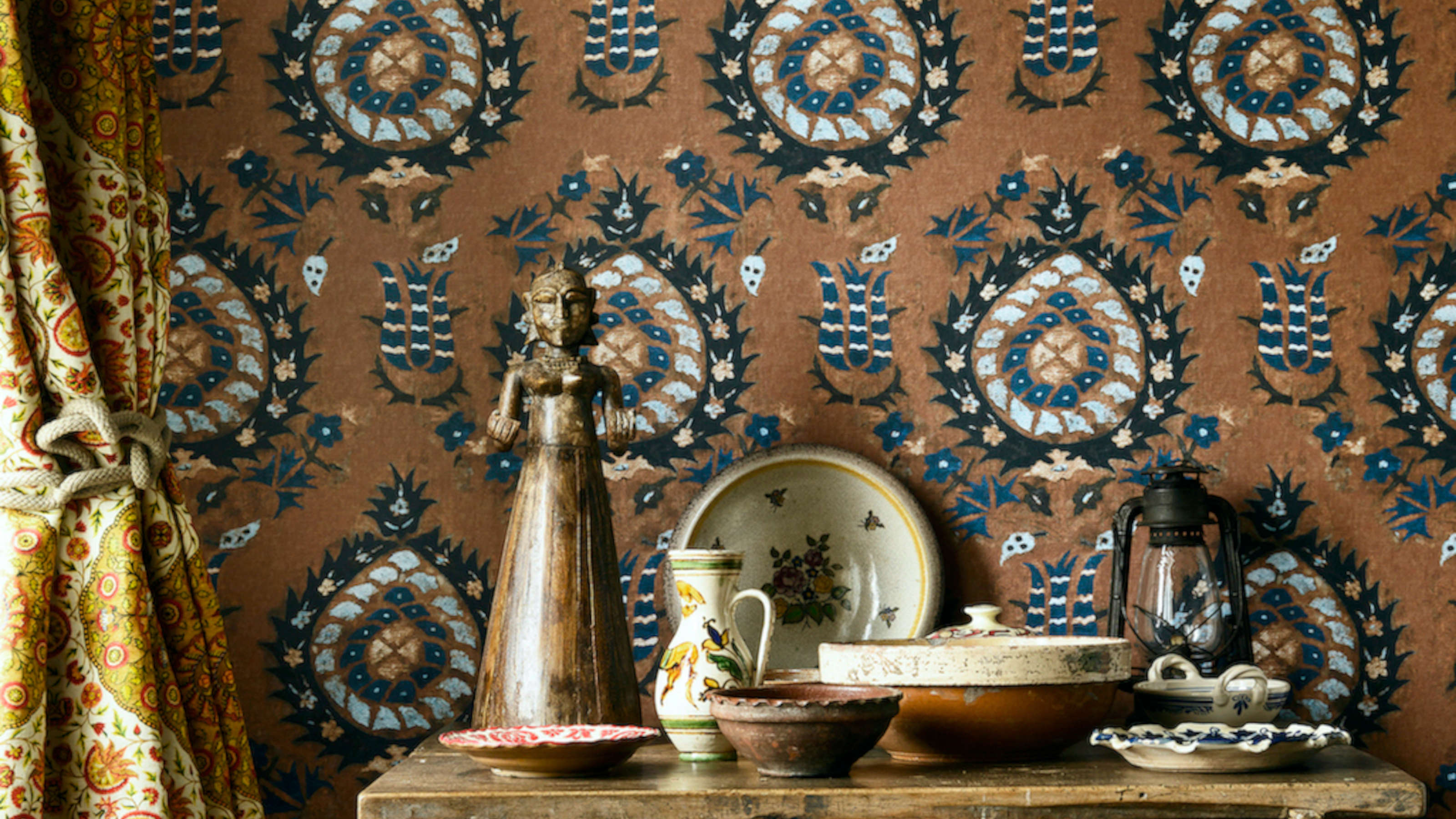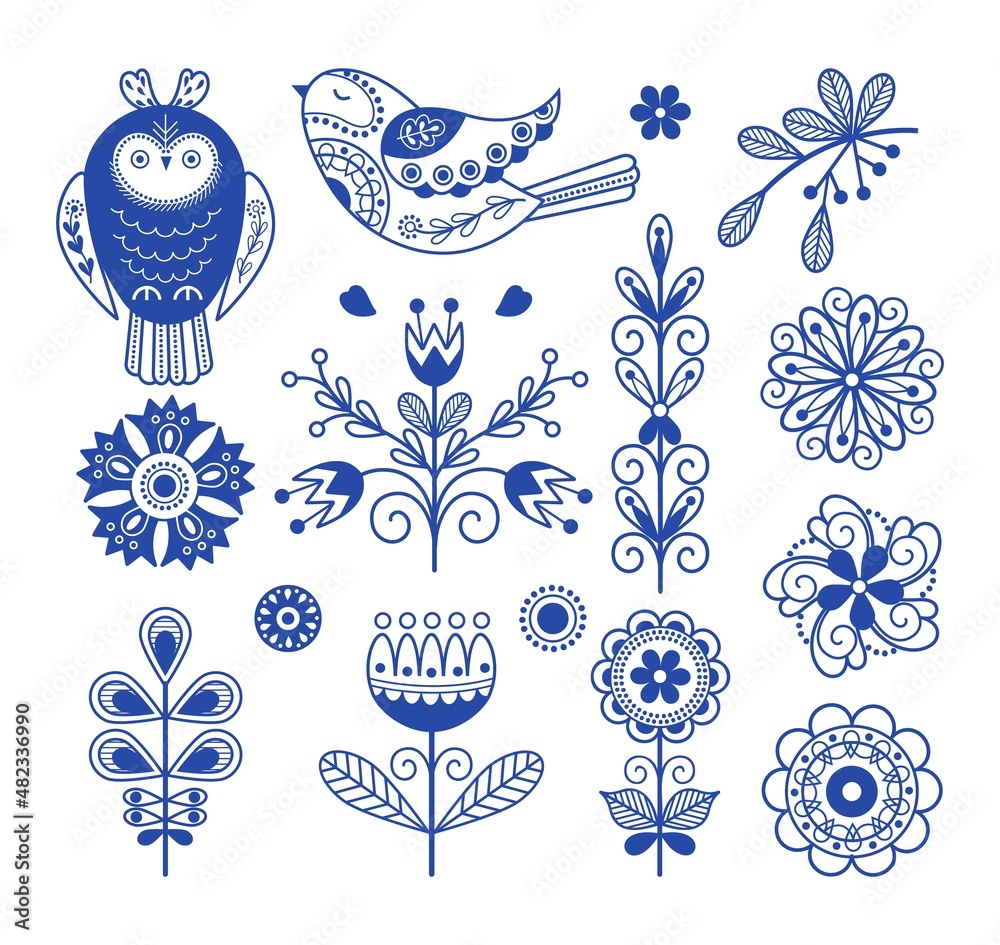Folk art decor is a vibrant tapestry woven from the threads of culture, tradition, and creativity. Having spent years exploring various forms of home decoration, I’ve found that incorporating folk art into your living space not only adds warmth but also tells a story. In this guide, we will navigate through the essence of folk art decor—what it is, various styles, how to incorporate it into your home, and tips to make the most of your artwork.
What is Folk Art Decor?
Folk art decor refers to a variety of decorative objects and artworks that are created by traditional artists using age-old techniques and cultural motifs. It often reflects the customs, beliefs, and social practices of a particular community or culture.
The Roots of Folk Art
Folk art can be traced back to the early civilizations where artisans created tools, pottery, and textiles that were not only utilitarian but also aesthetically pleasing. These pieces were often influenced by the cultural and social settings of the time.

Characteristics of Folk Art
- Handcrafted: Each piece is usually handmade, showcasing the artisan’s skill.
- Cultural Significance: Designs often include motifs that are significant to a particular culture or community.
- Variety of Materials: Folk art can be crafted from wood, fabric, clay, metal, and more.
- Vibrant Colors: Folk art often features bright, bold colors that evoke emotions and tell stories.

Types of Folk Art Decor
Folk art is diverse and can be categorized into various styles. Here are some popular types of folk art decor:

1. Traditional Folk Art
This includes time-honored art forms that are inherent to a specific culture, often passed down through generations.
2. Regional Folk Art
Each region has its own unique folk art style, influenced by local customs and available materials.

3. Contemporary Folk Art
Contemporary folk artists combine traditional techniques with modern themes, creating unique pieces that resonate with today’s audience.
4. Outsider Art
This form of folk art is created by self-taught artists who may not conform to mainstream artistic expectations.

Incorporating Folk Art Decor into Your Home
Bringing folk art decor into your living space can transform the ambiance. Here are some tips on how to do it effectively:

1. Create a Focal Point
Select a standout piece of folk art to serve as the focal point of your room. This could be a large tapestry, a vibrant painting, or an intricately carved sculpture. Placing it in a central spot can draw attention and create a conversation piece.
2. Mix and Match Styles
Folk art pairs beautifully with various decor styles, including rustic, bohemian, and eclectic. Don’t hesitate to mix different types of folk art, such as textiles with ceramics, to create an interesting visual dynamic.
3. Use Folk Art in Functional Spaces
Folk art doesn’t have to be limited to walls. Consider using decorative bowls, handcrafted furniture, or unique textiles in your kitchen or bathroom.
4. Color Coordination
Folk art often features bright and bold colors. Ensure your room’s color palette complements these hues to maintain a cohesive look.
Choosing the Right Folk Art Decor for Your Home
Here is a guide to help you choose folk art decor that resonates with your style and enhances your space.
1. Consider Your Space
Room Size
For smaller rooms, opt for smaller pieces of folk art that won’t overwhelm the space. In larger areas, consider a combination of different works to create an impactful gallery wall.
Theme and Color Scheme
Choose folk art that aligns with your existing color scheme and home decor theme. For example, if your decor is primarily neutral, a few bright, colorful folk art pieces can add much-needed vibrance.
2. Quality vs. Quantity
It’s better to have a few high-quality pieces than a multitude of lower-quality items. Invest in genuine folk art from reputable artists or sources to ensure authenticity and longevity.
3. Cultural Sensitivity
When selecting folk art from cultures other than your own, be mindful of cultural appropriation. Learn about the significance of the art and ensure that you respect its origins.
Pros and Cons of Folk Art Decor
| Pros | Cons |
|---|---|
| Unique and one-of-a-kind pieces | May require a higher investment |
| Rich cultural stories behind each piece | Can be challenging to source authentic pieces |
| Adds warmth and personality to your home | Maintenance for some materials may be required |
Folk Art Decor as an Investment
Investing in folk art decor can yield high returns both in terms of aesthetics and financial value. Unique pieces often appreciate over time, especially if they are created by renowned artists. Moreover, folk art can provide a unique investment opportunity in the contemporary art market.
Building a Folk Art Collection
If you’re considering collecting folk art, start by educating yourself about various styles and cultures. Attend art fairs, exhibitions, and auctions to discover emerging artists and their works.
Caring for Folk Art Decor
Proper care is essential for preserving the beauty and longevity of folk art pieces:
- Avoid direct sunlight: Protect your art from fading by keeping it out of direct sunlight.
- Regular cleaning: Dust pieces gently with a soft cloth to maintain their appearance.
- Use appropriate materials: When hanging or displaying, use materials that won’t damage the art.
Folk Art Decor: A Personal Touch
My journey with folk art decor began in a quaint little shop while traveling through Mexico. The vibrant colors and intricate designs captured my heart. I purchased a handmade ceramic piece that still holds a special place in my living room today. Every time I glance at it, I’m reminded of the culture and the artisan who poured their soul into creating it. That’s the beauty of folk art—the story it carries, the memories it evokes, and the warmth it brings to your home.
Conclusion
Folk art decor is more than just decoration; it’s an expression of cultural identity and creativity. By thoughtfully incorporating folk art into your home, you can create a warm and inviting atmosphere that reflects who you are. Whether you choose to start small with handmade crafts or invest in larger pieces, the key is to celebrate the diverse stories and traditions that folk art embodies. So go ahead, enrich your space with some folk art and let it tell your story!
FAQs about Folk Art Decor
1. What materials are commonly used in folk art decor?
Folk art can be made from a variety of materials including wood, clay, fabric, and metal. Each material brings a unique texture and aesthetic quality to the artwork.
2. How can I tell if a folk art piece is authentic?
Authentic folk art usually comes with provenance or documentation about its origin. Look for reputable sources when purchasing and familiarize yourself with common motifs and techniques from that culture.
3. Can folk art decor fit into modern interior design?
Absolutely! Folk art can beautifully complement modern design by adding warmth and a unique character that contrasts nicely with clean lines and minimalism.
4. Is folk art decor expensive?
Prices for folk art can vary significantly based on the artist, materials used, and complexity of the piece. However, there are affordable options available that don’t compromise on quality.
5. How can I incorporate folk art decor into a small living space?
Focus on a few key pieces that can serve as focal points, such as a decorative wall hanging or a small sculpture. Using shelves can also help showcase smaller items without taking up too much space.